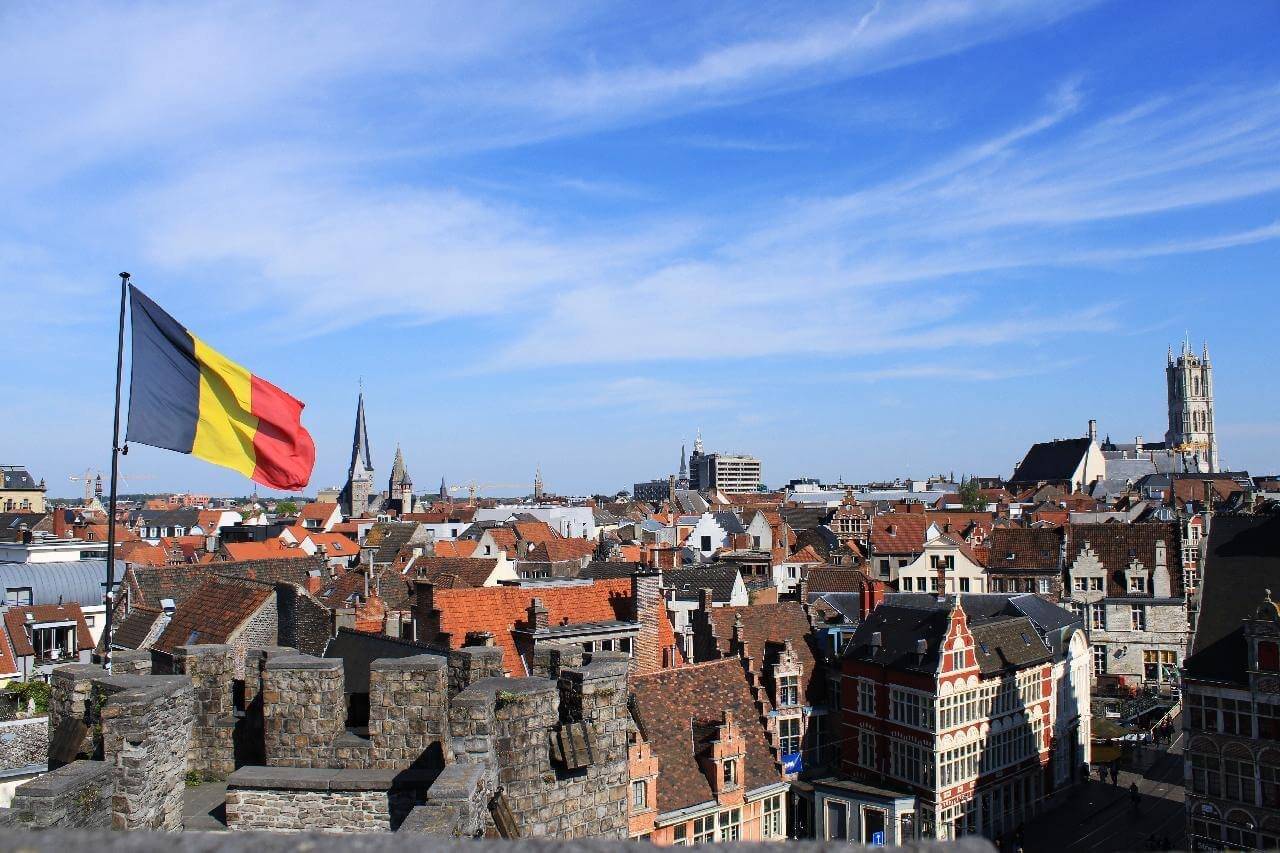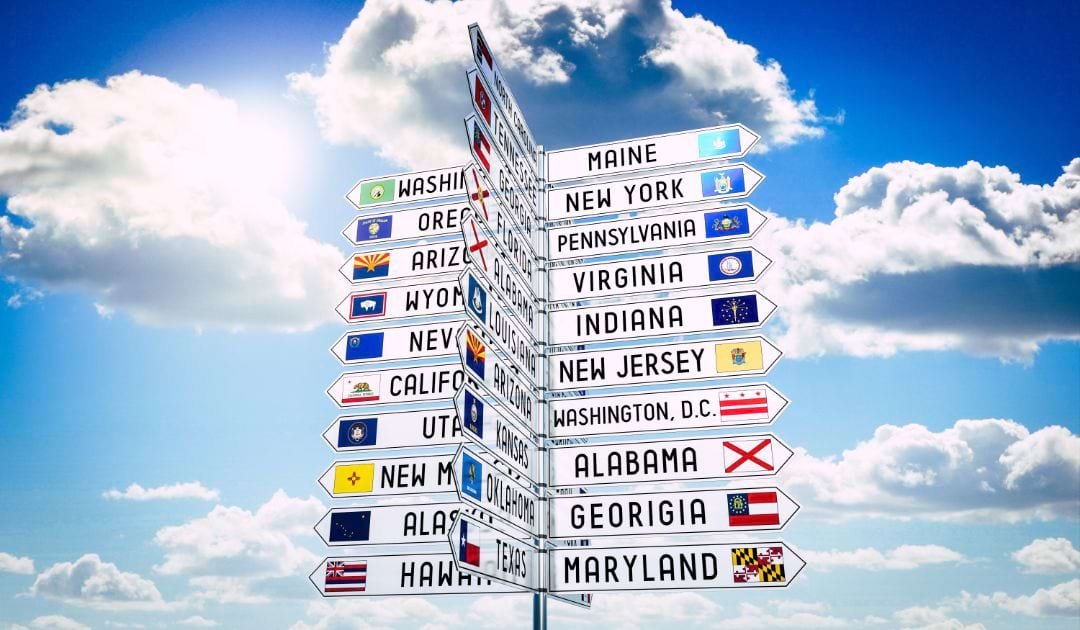

Flanders Expects 27% Increase in Tourists This Summer
The increase in the number of international visitors comes after the abolishment of the restrictions imposed to stop the spread of the Coronavirus and its new variants, AtoZSerwisPlus.com reports.
The estimation has been made based on booking data in hotels and B&Bs; however, according to the report provided by travel tomorrow, the official figures will be available in October.
Based on a report published by Belga news agency, the number of overnight stays by internationals doubled in July 2022 compared to the same period last year figures, particularly in the cities of Ghent, Bruges, Antwerp, Leuven, and Mechelen, which were among the most affected ones from the Coronavirus and its new variants.
“Many of the visitors are clearly back, and we are again recording very nice overnight stay figures,” Stef Gits from Tourism Flanders pointed out in this regard.
However, despite the increase marked in the tourism sector, the figures are still below pre-pandemic levels, while the number of overnight stays is per cent below 2019 figures. Especially the international market is still 17 per cent below the number of July 2019.
“Visitors from Asian countries are not yet fully back. We expect that it may take until 2024 before the volume of foreign overnight stays will again be at the pre-corona level,” Gits pointed out in this regard.
According to the figures provided by Travel Tomorrow, a total of 57 per cent of residents in the Flemish region made at least one trip with at least one overnight stay last year. As for 41 per cent of the inhabitants, this involved at least one trip abroad. For a period from 2017 to 2019, local tourism hovered at about 69 per cent, while international visitors rose from 58 per cent to 63 per cent.
At the same time, the proportion of people who made at least one trip last year was as following:
- Flemish Region – 57 per cent
- Brussels Capital Region – 56 per cent
- Wallonia Region – 46 per cent
The report shows that trips abroad are much higher in the Brussels Capital Region (50 per cent) than in the Flemish region (41 per cent) as well as the Walloon Region (37 per cent).


















